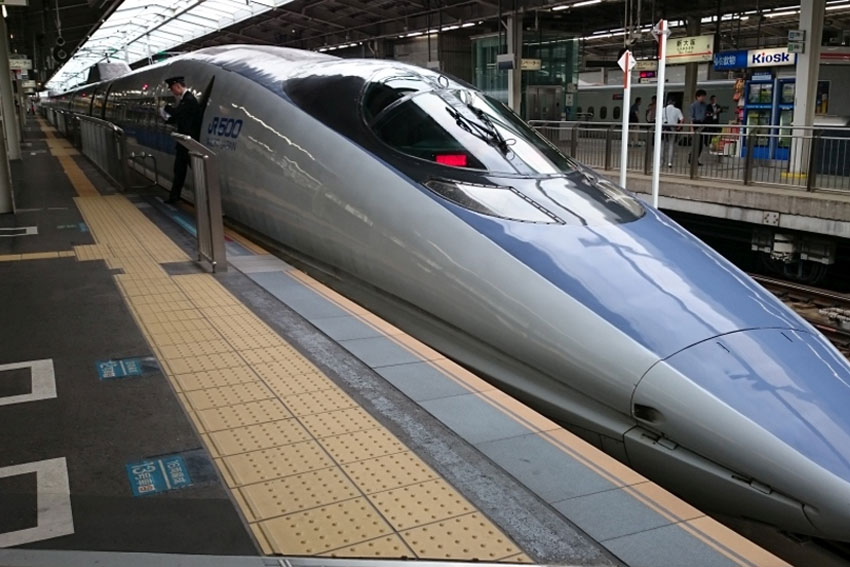Train operators key to Japan’s tourism goals

An outstanding safety, reliability and performance record has made Japan’s high-speed Shinkansen rail network an international symbol of its innovation, precision and technological ambition since it was established in 1964.
The network is operated by five Japan Railway Group companies, one of which is West Japan Railway Group (JR-West Group). The JR-West railway network extends over a total distance of 5,007 kilometers, covering 18 prefectures in Western Honshu, Japan’s main island, and carrying 1.8 billion passengers per year.
“Our Sanyo Shinkansen line ranges from Shin-Osaka to Hakata, but we also have a direct connection with Tokaido (Tokyo to Osaka) and Kyushu (Hakata to Kagoshima) Shinkansen with the high-speed rail,” says President of JR-West, Mr. Tatsuo Kijima.
Like all of Japan’s railway companies, JR-West is integral to the country’s efforts to expand the tourism industry. Facing a declining and aging population, Japan is banking on increasing tourist numbers to make up for falling local demand for goods and services, including rail services.
“Due to the demographic challenges of an ageing and declining population, I believe that the market for railway-based business will stagnate in the long term. Therefore, inbound tourists are indispensable for our growth strategy,” adds Mr. Kijima.
Almost half of the millions of visitors that visit the country each year tend to limit their stay to Japan’s main island, Honshu, concentrating around the country’s three most popular destinations, the cities of Tokyo, Kyoto and Osaka.
Boosting tourism in less visited parts across the nation is seen as vital to stimulate regional growth. JR-West therefore is not only carrying passengers in Western Honshu, but also plays an important role as a regional ambassador and promoter, opening up more of Japan’s less beaten track to visitors.
“It is necessary to promote the local towns and cities in Western Japan such as Kanazawa, which is fundamentally different from Tokyo or Kyoto. We want to establish appealing tourist trains and an experience that allows the customer to travel around quickly. We would like to be a company that provides a total network that is useful for customers within the western area.
“For railway users, there is a pass called Japan Rail Pass that covers all the regions, but we also have the West Rail Pass that can be utilized in the western areas. When visitors come to the region, I would like them to visit the Hokuriku, San’in, and Chugoku regions with our rail pass.
“The Kanazawa and Hokuriku regions have historically been popular with visitors due to their richness in nature and food. Most people used to go there by airplane, but with the opening of the direct Shinkansen, we have seen a complete reverse situation with 80 percent now choosing Shinkansen over airplane.”
Jonathan Meaney, Cheif Editor
0 COMMENTS